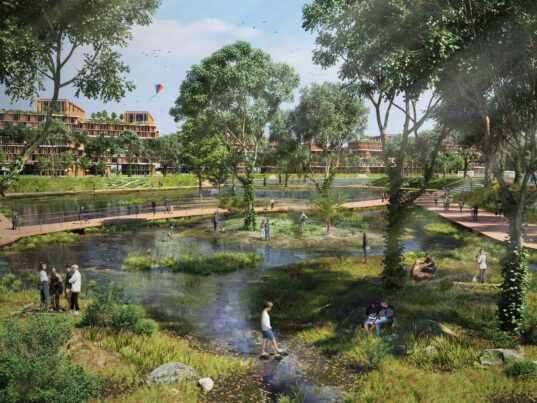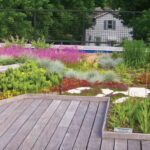Sustainable landscaping is a practice that aims to create an environmentally friendly and ecologically beneficial outdoor space. It involves using techniques and materials that reduce the negative impact on the environment and promote biodiversity. By implementing sustainable landscaping practices, homeowners can create a beautiful and healthy outdoor environment while also helping to conserve water and reduce pollution.
One of the key principles of sustainable landscaping is the use of native plants. Native plants are well-adapted to the local climate and soil conditions, which means they require less water, fertilizer, and pesticides to thrive. By using native plants in landscaping, homeowners can reduce their water usage and lower their maintenance costs. Additionally, native plants provide important habitat and food sources for local wildlife, helping to support biodiversity in the area.
Water conservation is another important aspect of sustainable landscaping. By utilizing rainwater harvesting techniques, homeowners can collect and store rainwater for use in watering their plants and gardens. This not only reduces the demand on municipal water supplies but also helps to prevent stormwater runoff, which can carry pollutants into waterways. Incorporating drought-tolerant plants and installing water-efficient irrigation systems are other effective ways to conserve water in landscaping.
Incorporating sustainable hardscaping materials is also essential in sustainable landscaping. Choosing materials such as recycled concrete, reclaimed wood, and permeable pavers can help reduce the environmental impact of landscaping projects. These materials are often more durable and require less maintenance than traditional materials, making them a cost-effective and eco-friendly choice for outdoor spaces.
Another important aspect of sustainable landscaping is soil health. Healthy soil is essential for supporting plant growth and promoting biodiversity. By using organic mulch, compost, and natural fertilizers, homeowners can improve soil fertility and structure, which in turn reduces the need for synthetic fertilizers and pesticides. Building and maintaining healthy soil also helps to sequester carbon, mitigating climate change and promoting overall environmental health.
Overall, sustainable landscaping is a holistic approach to creating outdoor spaces that are not only beautiful but also supportive of the environment. By using native plants, conserving water, choosing sustainable materials, and promoting soil health, homeowners can create landscapes that are environmentally friendly, low maintenance, and beneficial to the ecosystem. Sustainable landscaping practices not only benefit the environment but also provide numerous health and economic benefits for homeowners and their communities.
















